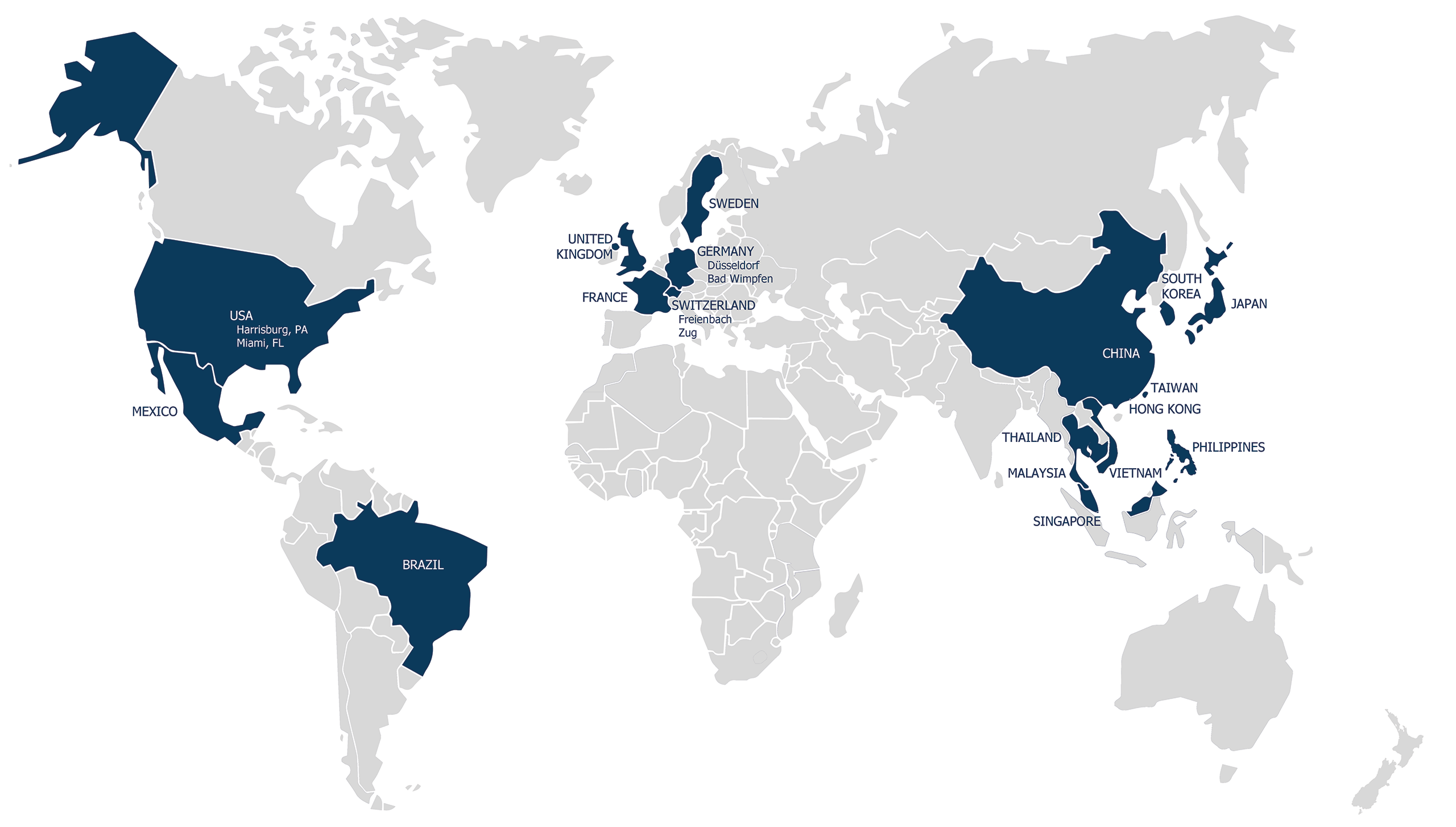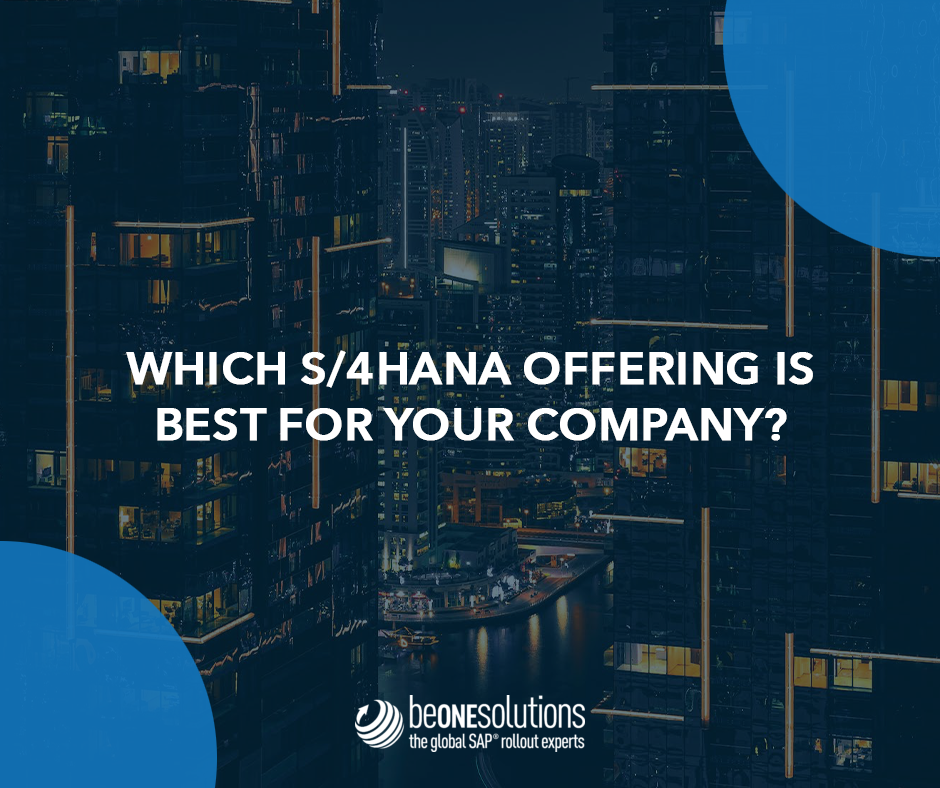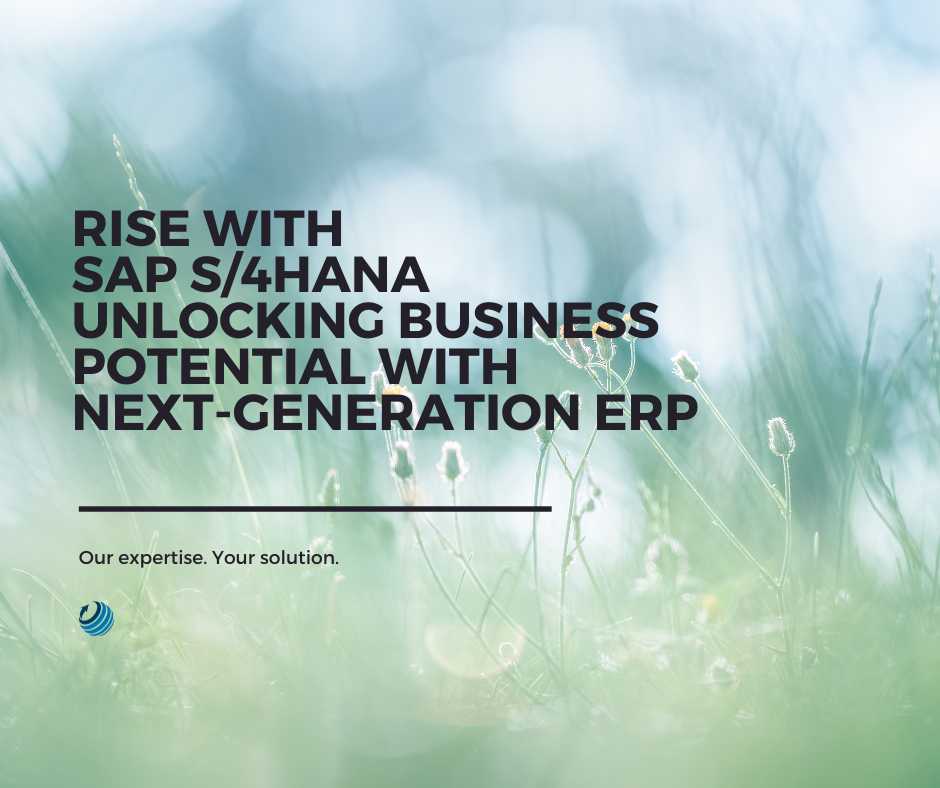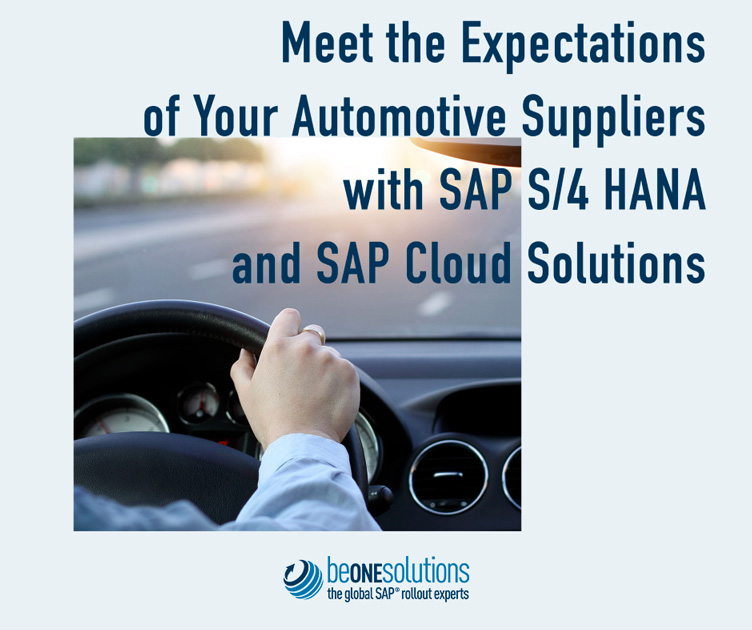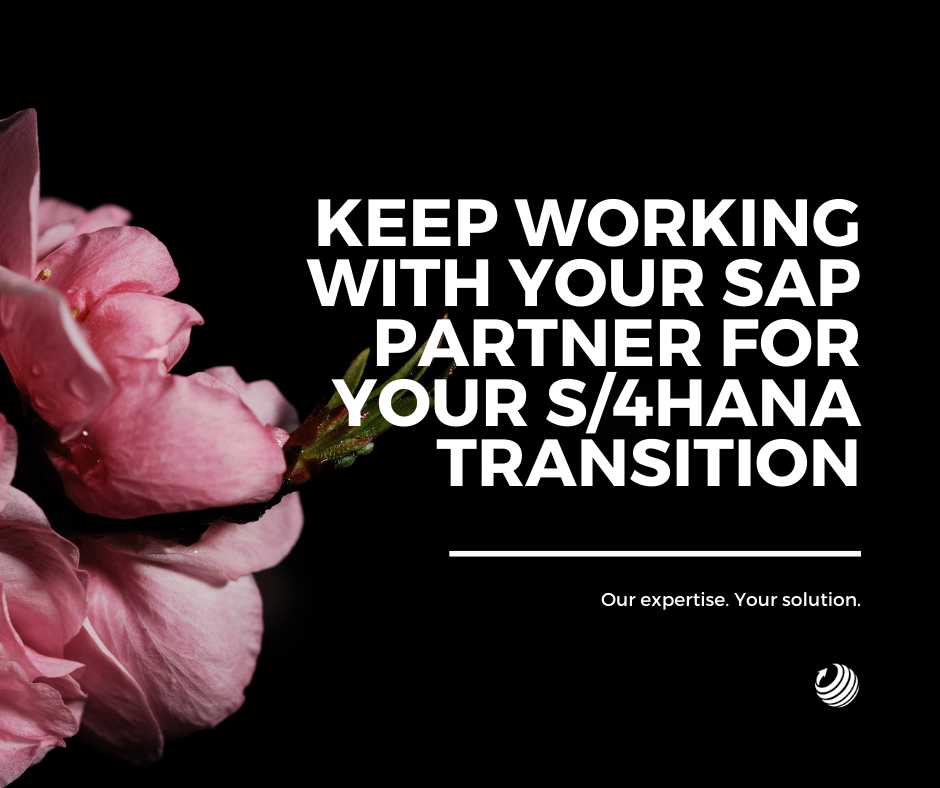Which S/4HANA Offering is Best for Your Company?
Table of Contents
CloseOver the past few decades, business leaders have gotten very familiar with SAP ERPs and making a change can be difficult. But we are here to let you know the good news: SAP S/4HANA is everything businesses have wanted and more.
SAP S/4HANA is the most modern, intelligent ERP system. This new model offers a fully integrated system with total control across 26 verticals allowing business leaders to pivot quickly and as needed in response to unknowns.
SAP has been around since 1972 when it launched its R/2 version. The evolution of business solutions continued, and in 2004, ERP ECC came about as an updated version of R/3. This was up until 2015 when HANA hit the scene as a brand-new SAP database, replacing Oracle, SQL and others.
It is becoming time for ECC to be phased out so everyone can move forward to S/4HANA.
The timeline to switch over to SAP S/4HANA has luckily been extended to 2027. SAP has heard the concerns of companies who found the 2025 horizon too early. As well, for those who still need more time, companies are now able to extend the timeline to 2030, so long as they pay an extra 2% in maintenance fees.
Companies might find it in their best interests to start planning for migrating to S/4HANA to save themselves money down the line. The first consideration that our consultants will go over with clients and new clients is discussing which S/4HANA version will best suit their needs, so here is an overview of the different versions.
SAP S/4HANA Cloud, public edition
The public edition product is fully managed by SAP. Businesses will have one contract with SAP and do all maintenance, management, and infrastructure. Generally, businesses will still need a consultancy company to manage AMS processes and support their users. But the cloud and infrastructure are all SAP.
Public edition functions as a standard package delivered to businesses with the best practices scope items.
The huge benefit of this product is that it is all managed, but the con is limitations in terms of flexibility in developments.
SAP S/4HANA Cloud, private edition
Private edition is quite similar to the On-Premise version, so much so that Private and On-Premise are 99% the same. The big difference is that a Private version is a contract directly with SAP regarding license and cloud.
Here businesses can choose their hyper scaler (like AWS, Azure, Google Cloud, Ali Baba, etc.), and they have access to a full system with all the flexibility a business can have.
SAP S/4HANA On-Premise
Again, the On-Premise product is very similar to Private Cloud, except that businesses can choose to physically own the infrastructure with this product or store in the Cloud.
This option is for companies with a server and network physical site. Businesses can then bring all the infrastructure to be hosted in the cloud.
We use to compare this On-Premise version with the old SAP ECC.
Budgeting
In a nutshell, these are the three versions at a very high level. If the business has complexity, it is better to go Private or On-Premise, because there is more flexibility and opportunity to adapt processes to what is offered by SAP.
Each business will have specific needs, and they will decide the best version of SAP S/4HANA for themselves.
When businesses move to the cloud, they need to factor in paying SAP licenses and monthly subscription fees. With On-Premises products, businesses pay a one-time license (with the number of licenses required) and yearly maintenance, 20% against the one-time price. Businesses can buy as many licenses as they want with the subscription, and SAP will let you know the price.
So the Public and Private products have differences in what is managed by partners versus what is managed by the company. This is also important to consider in company budgets and each company can choose whether to absorb these costs under OPEX or CAPEX. To find out more about S/4HANA and what product will be best for you, reach out to an SAP implementation partner like be one solutions.
You won’t want to miss be one solutions‘ next webinar. Add your email address to be notified :
Please select your language
Welcome on be one solutions‘ websites.
Please select your language.
